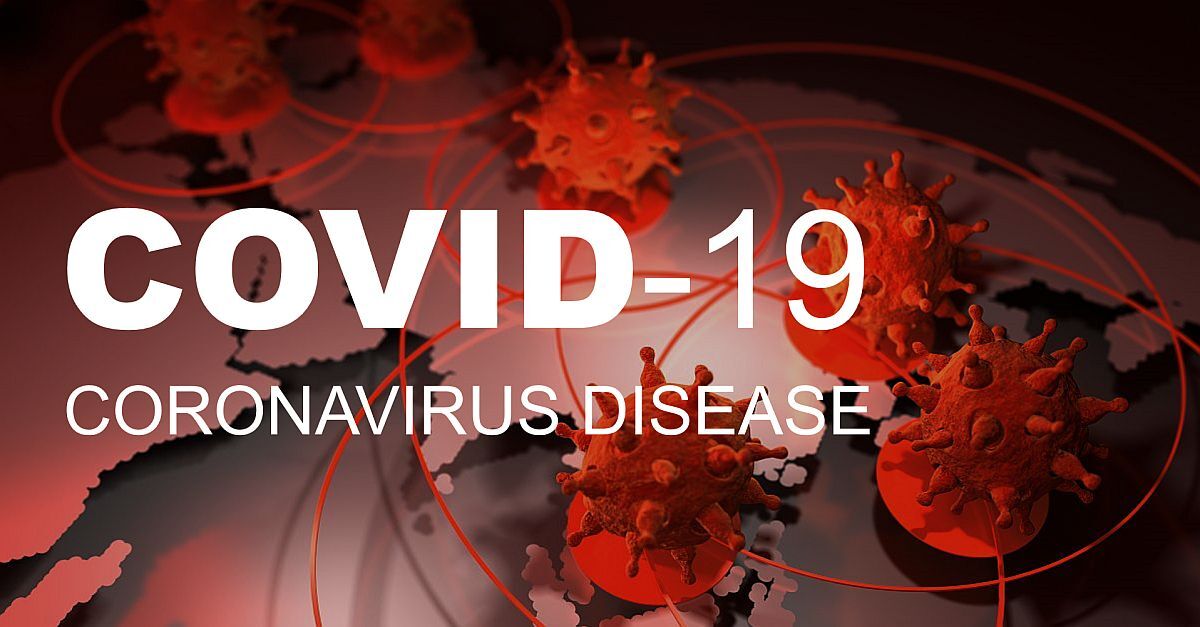The major news in recent months has been the emergence and spread of a novel coronavirus, COVID-19 (formerly known as 2019nCoV). To help clinicians sort fact from fiction regarding this new virus and infection, a primer was recently published in JAMA. This provides background on the origin and spread of COVID-19, common signs and symptoms useful to identify potential infection, and management recommendations. Most importantly, the article contains guidance on infection control and how information must be reported through local or state health departments to allow effective liaison with the US Centers for Disease Control (CDC). The CDC has also developed a dedicated website with up-to-date information and guidance for healthcare professionals. Currently, treatment for this novel virus is largely supportive, although several antiviral agents are being investigated in clinical trials and compassionate use programs, such as with the antiviral agent remdesivir. An interactive web-based dashboard to track COVID-19 in real time was recently released. Rolling updates on COVID-19 outbreaks can also be accessed via the World Health Organization’s website.
High Altitude: Oncology teams have always been vigilant to minimize exposure to potential infectious diseases among their patients, many of whom are immunocompromised. The arrival of COVID-19 on US soil also creates a threat for healthcare teams and the community. There is currently no protective vaccine or known treatment other than supportive care. These published and online resources provide important consensus practices and epidemiologic information to inform discussion of how institutions can best adapt their practices in the changing epidemiologic landscape.
Ground Level: Although community oncologists already typically straddle multiple specialties, a new role is emerging: epidemiologic surveillance. The arrival of COVID-19 in the US creates a threat for healthcare teams and the community. There is currently no protective vaccine or known treatment other than supportive care. These published and online resources provide an important context for guidance you might be receiving from your affiliated infectious disease department or health authorities.

